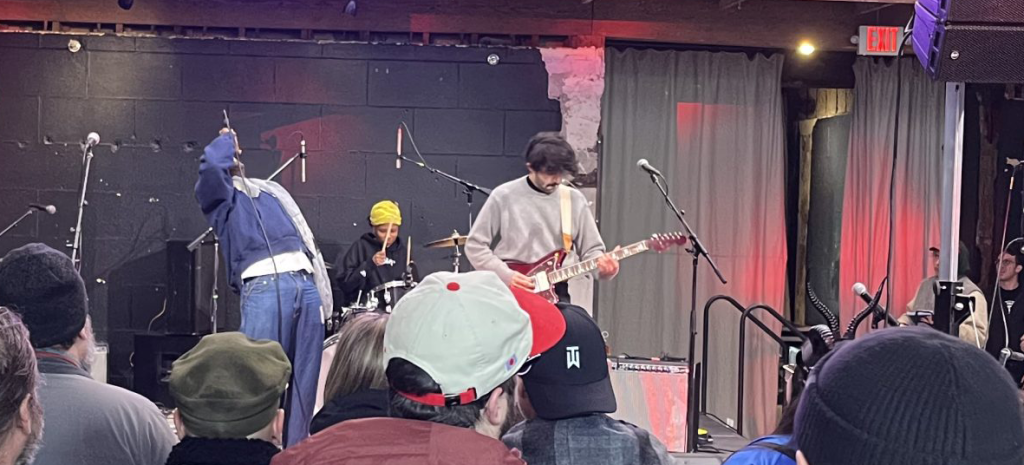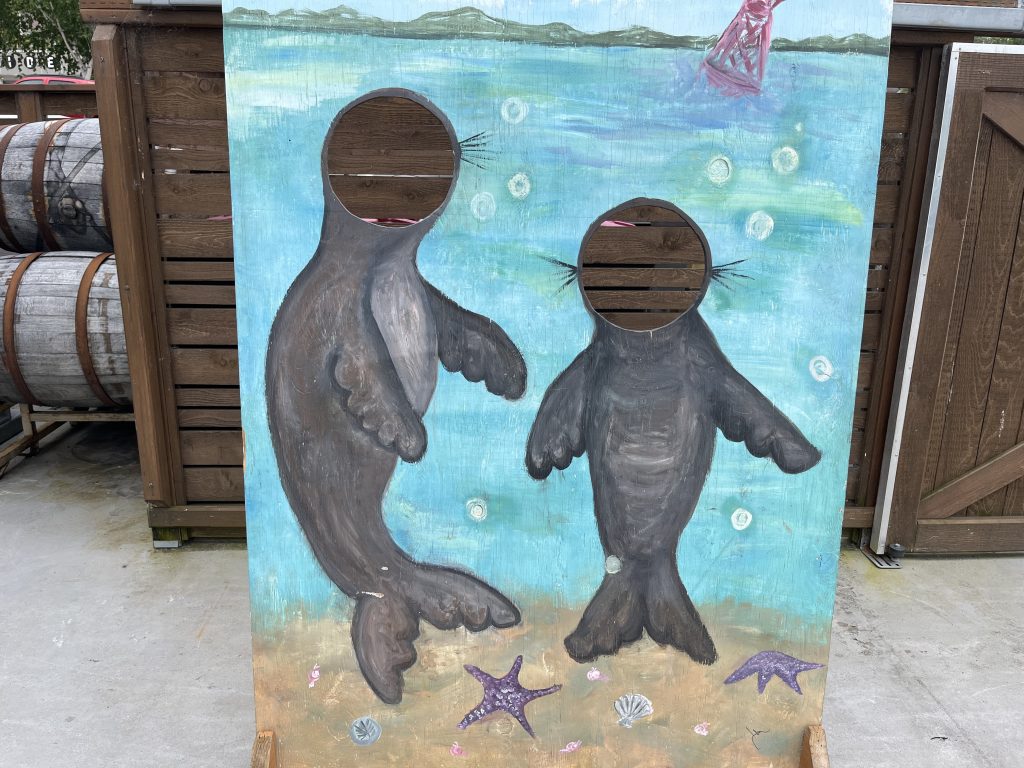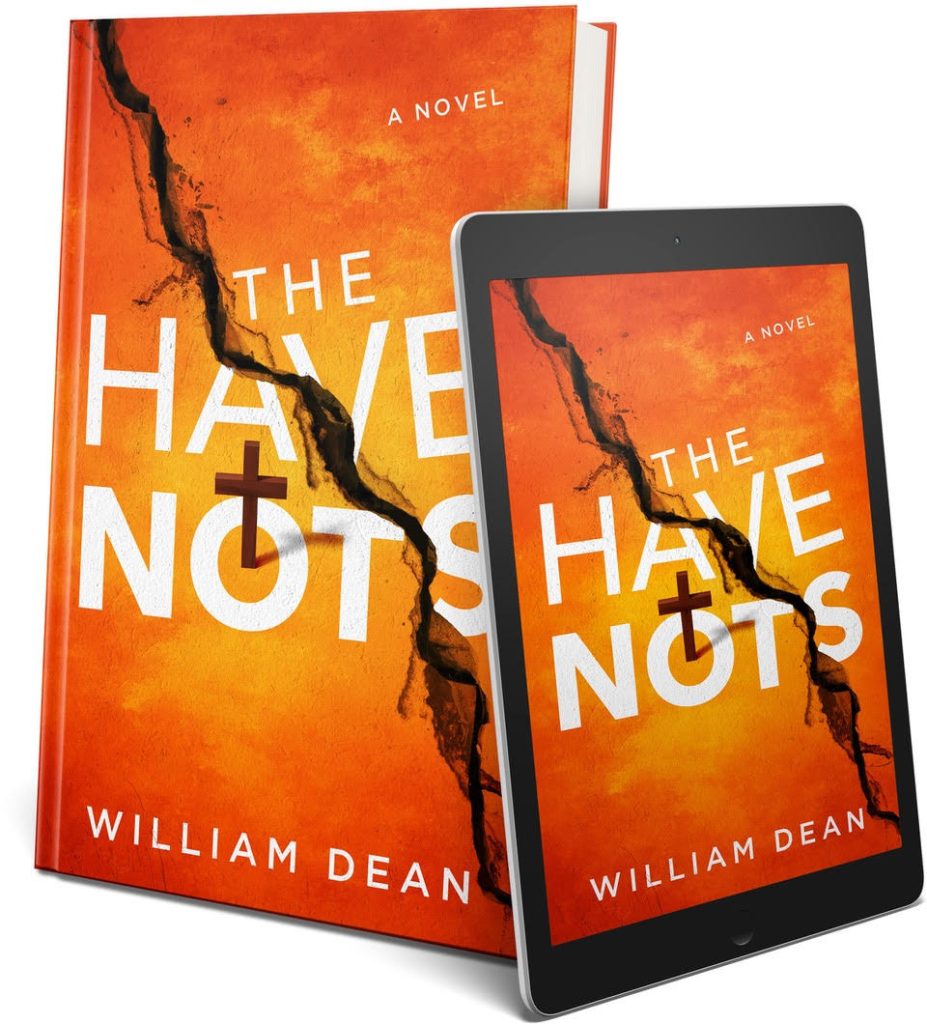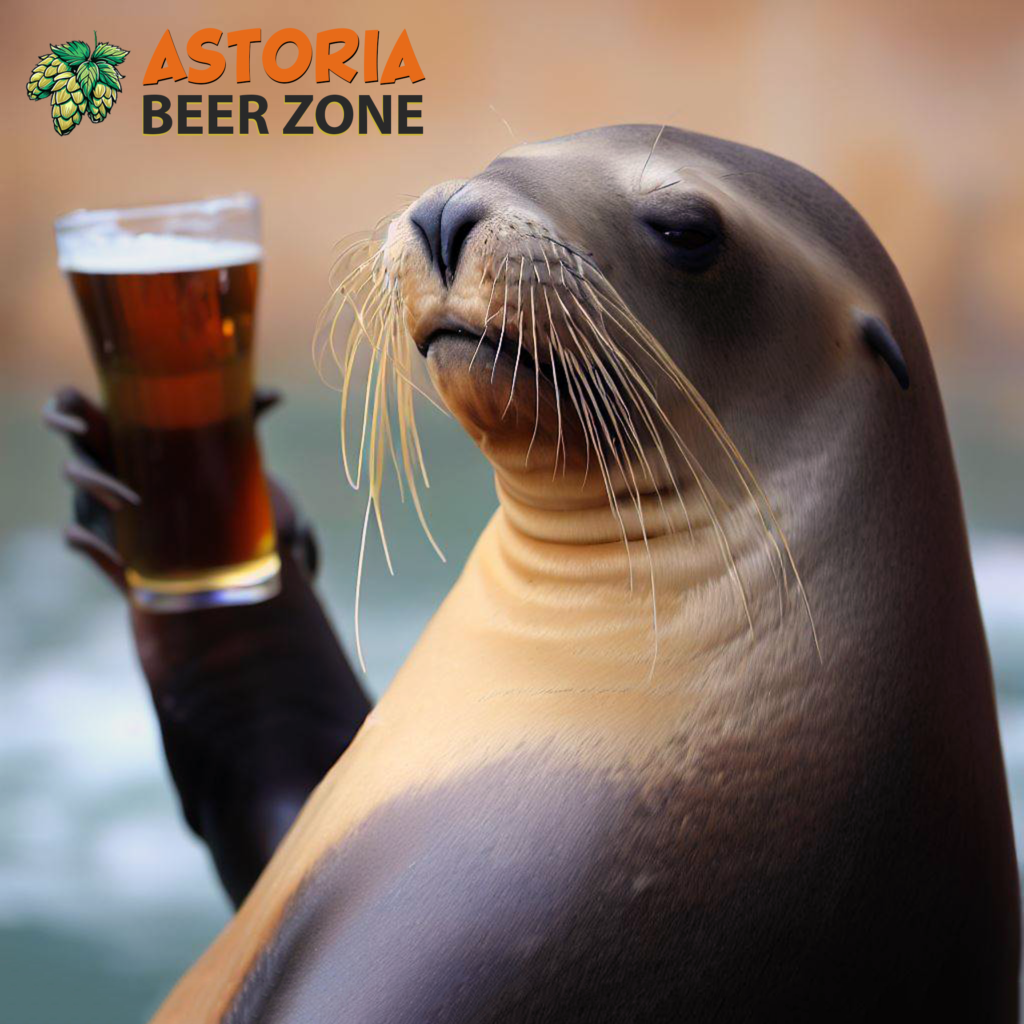Astoria Beer Zone sat down with Dave to chat about his craft brewery – Astoria’s sixth! – opened recently in a refurbished warehouse on Bond Street, just west of downtown. He and co-owner Nathan Lampson were previously at Fort George Brewery.
Q: Tell me about your journey as a brewer.
A: “I started out home-brewing with my dad, sometime in college. We home-brewed together for about 3 ½ years. … I got my degree in illustration [but] getting steady freelance work as an illustrator to support myself was challenging, and I knew I needed another fulltime job. So, I started looking for brewing work.”
[Dave, originally from Massachusetts, decided to move to the Pacific Northwest after getting to know the area while visiting his sister in Portland. He wound up landing an entry level job at Fort George in April 2013.]
“I found a Craigslist post that just said ‘brewery laborer in Astoria.’ Didn’t even say Fort George Brewery, didn’t say brewer. Brewery laborer. I thought, well, that’s a foot in the door, I guess. Came to Astoria, fell in love with it. It’s a beautiful place.”
[After a brief stint in packaging, Dave began doing some brewing. He wound up impressing everyone. Before long, he was entrusted with managing the brewery’s R&D program and its prized barrel-aged beers].
“I had a lot of opportunities [at Fort George] to learn and grow. … I was spoiled with a lot of creativity over there. I could pitch an idea and almost always it was approved. Yeah. If they work out often enough, they’ll let you do some things. I like to push the boundaries of beer, so it worked out.”
Q: When did you start thinking about launching a brewery of your own?
A: “There’s a lot of reasons. I liked working on the smallerish scale at Fort George. [But] I wanted to be a little more nimble with the beers that come out. … There is some versatility that you’re allowed when you’re a smaller company. … It’s exciting to be able to move around and change it up.”
Q: How supportive was Fort George of Obelisk, knowing that it took you and Nathan a couple of years to hone a business plan and line up investors?
A: “I think the biggest thing we compete for [today] is maybe staff. I don’t think we’ll be knocking each other off the shelf. When people come to town, they’re going to move around, not go to just one place. So, I don’t think we’re competing for much. … They have been very supportive. I have really dear friends that still work there.”
Q: You chose an older building for your brewery. The remodel alone took more than a year. What were some of the biggest obstacles and challenges?
A: “There’s no single thing. It’s a series of expensive surprises. [Laughs] In themselves, they don’t feel that astronomical. … We had to patch the concrete. We had to re-do the driveway. … I’ve never built a 23-foot-long bar. Never built a staircase before. I have never refinished 3,000-plus square feet of flooring. … We keep joking that everything has to be done twice.”
[Developing a system to capture and treating wastewater also proved to be expensive, Dave notes. Compostable solids must be removed and the water fully Ph-balanced before it’s released into the city sewer.]
Q: You have a 10-barrel brewing system but it’s not quite operational, so you decided to do some collabs with other breweries to start?
A: “Yeah, going over there, making beer with friends. And then just buying a bunch of the batch so we have beer to sell.”
Q: Your motto at Obelisk is “Slow Beer, Good Times.” What does that mean?
A: “In general, no matter what kind of beer, I hate rushing it. You’re trying to stick to a schedule, but every once in a while you have to rush the beer faster than you would like. … That’s what our story and passion is about.”
Q: And the “Good Times” part?
A: “We just want the taproom to be a really positive, welcoming experience. … There’s something really unique about a beer bar or brewery taproom. It’s community-driven and conversational. … There’s something about a brewery taproom that spurs the conversation. We don’t know what it is, but some kind of magic happens.”
Q: Does it surprise you that Astoria, with just 10,000 people, now has six craft breweries?
A: [Shakes his head] “In general, in the Northwest, craft beer isn’t this alien thing – it’s just what beer is. … It’s part of the culture. We don’t make a whole lot. I’m more surprised at how so many massive breweries can exist. … People want a new [beer] spot to go to, and if it thrives it means people want it. We also have [people from] Portland and Seattle and surrounding areas filtering through all the time. Astoria does a really great job with hospitality and creating experiences, and we hope to positively contribute to that, too.
“I can’t say when a critical mass has been reached. A few years ago, people were saying the bubble is going to burst, breweries are going to start dropping like flies, left and right. That never really happened. There are still far more wineries in the country than breweries.”
Q: How will Obelisk stand out?
A: “I hope we can offer a different taproom experience – a stop that families and locals want to make. As for the beer, I want to continue to grow what I started with at Fort George. The barrel-aging. Honing my lagers to make them really finely crafted: crystal-clear and beautiful.”
Q: What’s the coolest thing about being a brewery owner?
A: [Long pause and a smile] “I feel like I’m going to find that out after some time. There’s lots of cool things and lots of struggles, but time will tell. It’s like a brand-new car. You’ve got to run around in it.”




